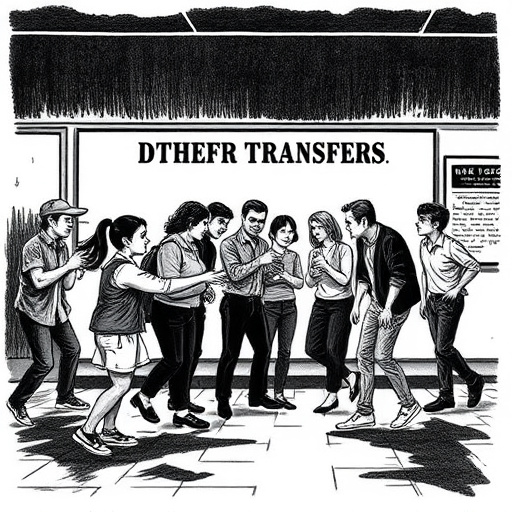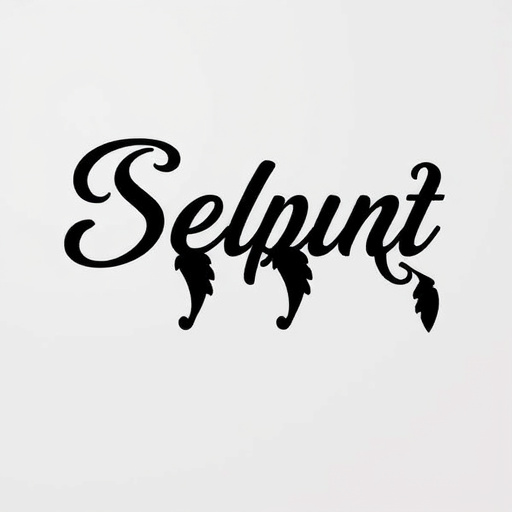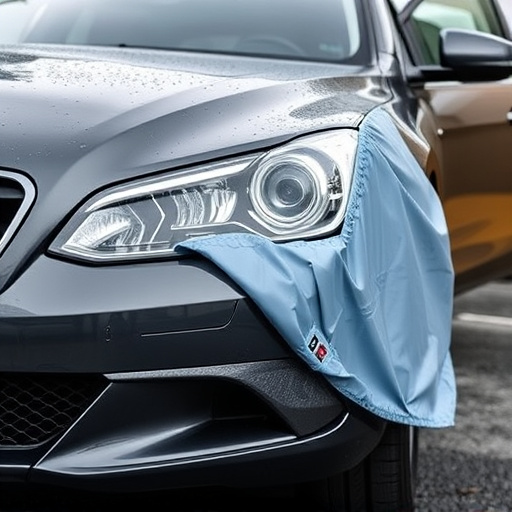Corporate graphics design leverages visual elements like color and typography to express brand identity and protect designs through coatings and films. It balances aesthetics with functionality, enhancing user experience and conveying brand messages effectively across various media. Custom designs tailored for specific industries ensure brands stand out while maintaining relevance in competitive markets.
In today’s visual-driven world, impactful corporate graphics are essential for building brand recognition and fostering connections with audiences. This article delves into the key elements that define professional corporate graphics design. We explore how understanding brand identity through visuals, effectively employing color and typography, and balancing aesthetics with functionality can elevate your corporate image. Discover the power of visually compelling designs to communicate your brand’s message clearly and memorably.
- Understanding Brand Identity through Visuals
- Effective Use of Color and Typography
- Balancing Aesthetics and Functionality
Understanding Brand Identity through Visuals

In the realm of corporate graphics design, visual elements play a pivotal role in conveying brand identity. Every logo, color scheme, and layout choice contributes to the overall narrative of a company’s essence and values. By understanding the core principles that define a brand, designers can create visuals that resonate with target audiences. This involves interpreting the brand’s mission, target market, and unique selling points into visually appealing elements that leave a lasting impression.
Effective corporate graphics design goes beyond aesthetics; it leverages visual language to protect and enhance the brand’s reputation. For instance, protective coatings and paint protection films, often used in signage and vehicle wraps, ensure that brand visuals remain vibrant and intact over time. Similarly, heat rejection technologies can be incorporated into designs to create visually striking effects while managing temperature-related challenges. These strategies not only preserve the integrity of the design but also underscore the brand’s commitment to quality and innovation.
Effective Use of Color and Typography

In corporate graphics design, the strategic use of color and typography is instrumental in conveying brand identity and engaging audiences. Colors play a significant role in evoking emotions, establishing hierarchy, and attracting attention. A skilled designer understands how to leverage the psychological impact of hues, ensuring they align with the desired brand message. For instance, vibrant shades can energize a brand’s image while muted tones convey sophistication. Typography, too, is a powerful tool for communication. The choice of fonts, sizes, and styles can dramatically affect readability and the overall aesthetic appeal of a design. Custom graphics often benefit from unique typefaces that reflect the innovative spirit of the company, enhancing its visual impact.
Moreover, protective coatings and scratch protection are considerations in corporate graphics design, especially for applications like outdoor signage or frequently handled materials. These elements ensure longevity and maintain the quality of the design over time. When designing with these aspects in mind, designers must balance aesthetics and functionality, creating visually stunning pieces that can withstand the test of time and environmental conditions.
Balancing Aesthetics and Functionality

In the realm of corporate graphics design, achieving a harmonious balance between aesthetics and functionality is paramount. While visually appealing designs capture attention, they must also serve as effective communication tools, conveying brand identity and values succinctly. A well-designed graphic for a company, be it a logo, brochure, or website, should not merely look good but also enhance user experience, making information retrieval seamless and ensuring the message resonates with the target audience.
This delicate equilibrium requires designers to consider both form and function. Custom graphics tailored to specific needs, such as those offered for premium automotive services or professional PPF installation, exemplify this balance. By combining artistic flair with practical considerations, corporate graphics become powerful tools that not only elevate a brand’s visual appeal but also contribute to its overall success in a competitive market.
Corporate graphics design is more than just aesthetics; it’s a powerful tool for communication. By understanding brand identity, leveraging color and typography effectively, and balancing visual appeal with functionality, designers create impactful corporate graphics that enhance brand recognition and engagement. These key elements are essential to crafting designs that not only look stunning but also serve as a robust foundation for successful business marketing strategies.














